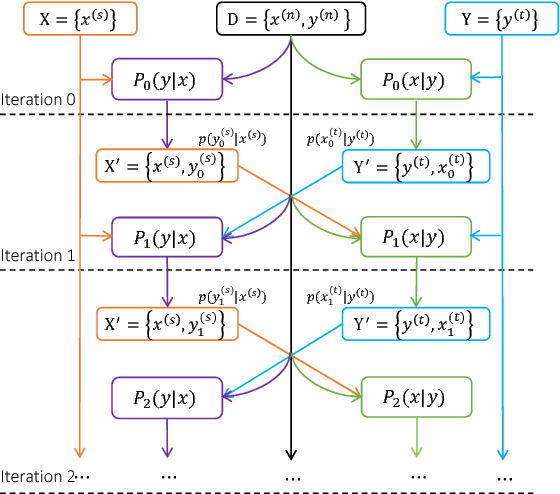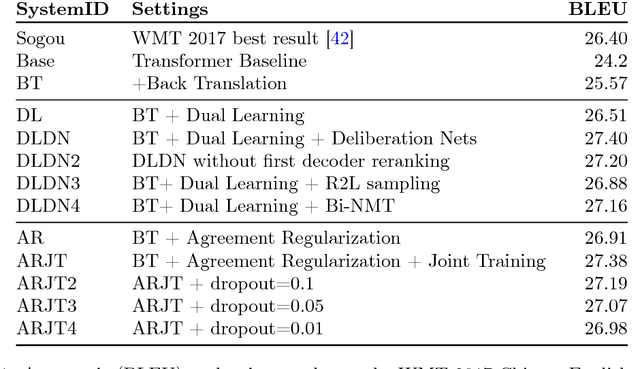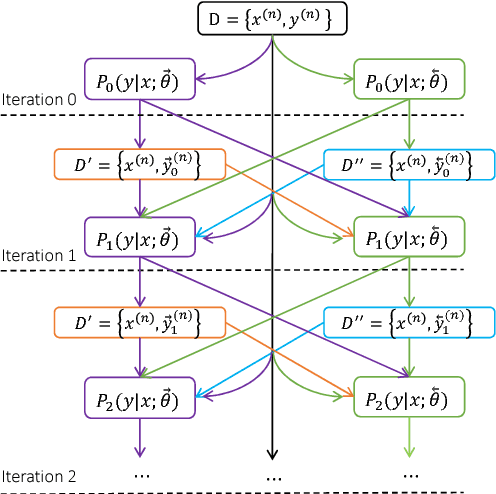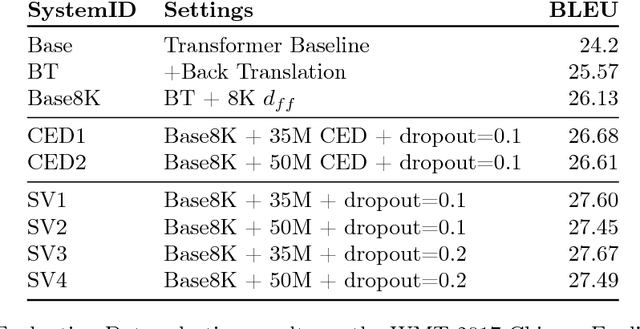Vishal Chowdhary
Local Prompt Optimization
Apr 29, 2025Abstract:In recent years, the use of prompts to guide the output of Large Language Models have increased dramatically. However, even the best of experts struggle to choose the correct words to stitch up a prompt for the desired task. To solve this, LLM driven prompt optimization emerged as an important problem. Existing prompt optimization methods optimize a prompt globally, where in all the prompt tokens have to be optimized over a large vocabulary while solving a complex task. The large optimization space (tokens) leads to insufficient guidance for a better prompt. In this work, we introduce Local Prompt Optimization (LPO) that integrates with any general automatic prompt engineering method. We identify the optimization tokens in a prompt and nudge the LLM to focus only on those tokens in its optimization step. We observe remarkable performance improvements on Math Reasoning (GSM8k and MultiArith) and BIG-bench Hard benchmarks across various automatic prompt engineering methods. Further, we show that LPO converges to the optimal prompt faster than global methods.
GATE X-E : A Challenge Set for Gender-Fair Translations from Weakly-Gendered Languages
Feb 22, 2024



Abstract:Neural Machine Translation (NMT) continues to improve in quality and adoption, yet the inadvertent perpetuation of gender bias remains a significant concern. Despite numerous studies on gender bias in translations into English from weakly gendered-languages, there are no benchmarks for evaluating this phenomenon or for assessing mitigation strategies. To address this gap, we introduce GATE X-E, an extension to the GATE (Rarrick et al., 2023) corpus, that consists of human translations from Turkish, Hungarian, Finnish, and Persian into English. Each translation is accompanied by feminine, masculine, and neutral variants. The dataset, which contains between 1250 and 1850 instances for each of the four language pairs, features natural sentences with a wide range of sentence lengths and domains, challenging translation rewriters on various linguistic phenomena. Additionally, we present a translation gender rewriting solution built with GPT-4 and use GATE X-E to evaluate it. We open source our contributions to encourage further research on gender debiasing.
Reducing Gender Bias in Machine Translation through Counterfactual Data Generation
Nov 27, 2023Abstract:Recent advances in neural methods have led to substantial improvement in the quality of Neural Machine Translation (NMT) systems. However, these systems frequently produce translations with inaccurate gender (Stanovsky et al., 2019), which can be traced to bias in training data. Saunders and Byrne (2020) tackle this problem with a handcrafted dataset containing balanced gendered profession words. By using this data to fine-tune an existing NMT model, they show that gender bias can be significantly mitigated, albeit at the expense of translation quality due to catastrophic forgetting. They recover some of the lost quality with modified training objectives or additional models at inference. We find, however, that simply supplementing the handcrafted dataset with a random sample from the base model training corpus is enough to significantly reduce the catastrophic forgetting. We also propose a novel domain-adaptation technique that leverages in-domain data created with the counterfactual data generation techniques proposed by Zmigrod et al. (2019) to further improve accuracy on the WinoMT challenge test set without significant loss in translation quality. We show its effectiveness in NMT systems from English into three morphologically rich languages French, Spanish, and Italian. The relevant dataset and code will be available at Github.
Evaluating Gender Bias in the Translation of Gender-Neutral Languages into English
Nov 15, 2023Abstract:Machine Translation (MT) continues to improve in quality and adoption, yet the inadvertent perpetuation of gender bias remains a significant concern. Despite numerous studies into gender bias in translations from gender-neutral languages such as Turkish into more strongly gendered languages like English, there are no benchmarks for evaluating this phenomenon or for assessing mitigation strategies. To address this gap, we introduce GATE X-E, an extension to the GATE (Rarrick et al., 2023) corpus, that consists of human translations from Turkish, Hungarian, Finnish, and Persian into English. Each translation is accompanied by feminine, masculine, and neutral variants for each possible gender interpretation. The dataset, which contains between 1250 and 1850 instances for each of the four language pairs, features natural sentences with a wide range of sentence lengths and domains, challenging translation rewriters on various linguistic phenomena. Additionally, we present an English gender rewriting solution built on GPT-3.5 Turbo and use GATE X-E to evaluate it. We open source our contributions to encourage further research on gender debiasing.
GATE: A Challenge Set for Gender-Ambiguous Translation Examples
Mar 07, 2023Abstract:Although recent years have brought significant progress in improving translation of unambiguously gendered sentences, translation of ambiguously gendered input remains relatively unexplored. When source gender is ambiguous, machine translation models typically default to stereotypical gender roles, perpetuating harmful bias. Recent work has led to the development of "gender rewriters" that generate alternative gender translations on such ambiguous inputs, but such systems are plagued by poor linguistic coverage. To encourage better performance on this task we present and release GATE, a linguistically diverse corpus of gender-ambiguous source sentences along with multiple alternative target language translations. We also provide tools for evaluation and system analysis when using GATE and use them to evaluate our translation rewriter system.
Achieving Human Parity on Automatic Chinese to English News Translation
Jun 29, 2018



Abstract:Machine translation has made rapid advances in recent years. Millions of people are using it today in online translation systems and mobile applications in order to communicate across language barriers. The question naturally arises whether such systems can approach or achieve parity with human translations. In this paper, we first address the problem of how to define and accurately measure human parity in translation. We then describe Microsoft's machine translation system and measure the quality of its translations on the widely used WMT 2017 news translation task from Chinese to English. We find that our latest neural machine translation system has reached a new state-of-the-art, and that the translation quality is at human parity when compared to professional human translations. We also find that it significantly exceeds the quality of crowd-sourced non-professional translations.
 Add to Chrome
Add to Chrome Add to Firefox
Add to Firefox Add to Edge
Add to Edge